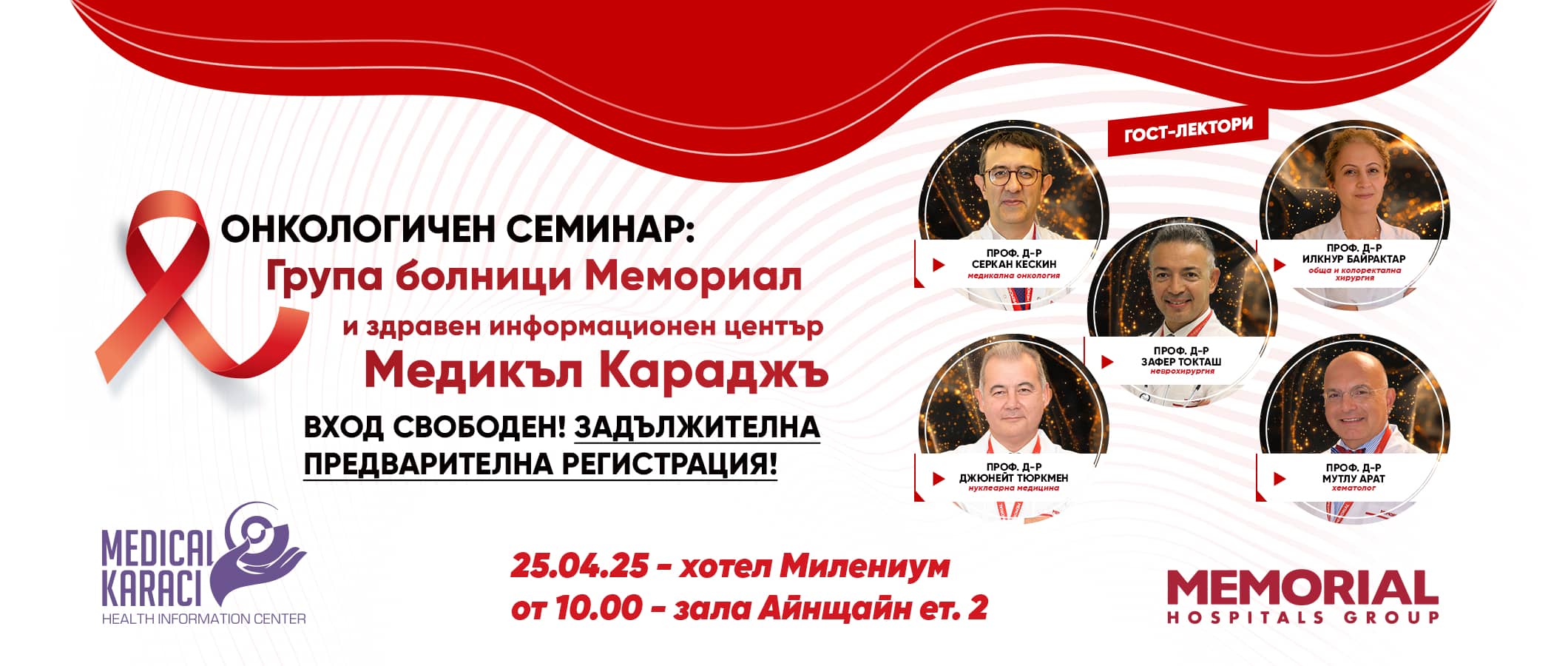What is Myasthenia Gravis and what does this disease want to tell us?
The name myasthenia gravis, (my-us-THEE-nee-uh GREY-vis) is Latin in origin and means "serious muscle weakness".
Myasthenia gravis is caused by an error in the transmission of nerve impulses to the muscles. This occurs when the normal communication between the nerve and the muscle is interrupted at the point where they form the so-called - muscle knot - where nerve cells connect to the muscles they control.
In order to explain the actual operation of the transceiver "protocol", we will add the following very important clarification - the main role is played by neurotransmitters, which are chemicals used by neurons or brain cells to transmit information. Normally, when electrical signals or impulses travel down the motor (motor) nerve, the nerve endings secrete a neurotransmitter called acetylcholine, which binds to sites called acetylcholine receptors on the muscle. The binding of acetylcholine to its receptor activates the muscle and causes contraction.
In myasthenia gravis, the main character is the thymus gland.
It is closely related to immune function and may be responsible for myasthenia gravis. It grows gradually until puberty, then decreases and is replaced by fat. Throughout childhood, the thymus plays an important role in the development of the immune system as it is responsible for the production of T lymphocytes or T cells, a specific type of white blood cell that protects the body from viruses and infections.
At some point, the antibodies, immune proteins produced by the thymus block, alter or destroy the receptors for acetylcholine on the neuromuscular junction. Hence we have a problem that prevents the muscle from contracting. This is most often caused by antibodies to the acetylcholine receptor itself, but also by antibodies to other proteins, such as MuSK (Muscle-Specific Kinase) protein, also impairing the "informing" of the neuromuscular junction.
Scientists believe that the thymus gland, by giving incorrect instructions to immune cells to develop, leads the immune system to attack its own cells and tissues and produce antibodies to acetylcholine receptors - setting the stage for the attack on neuromuscular transmission.
Symptoms for Myasthenia are:
Disruption of normal communication between nerves and muscles gives weakness in the motor system, double vision (diplopia), drooping eyelids (ptosis), difficulty with speech (dysarthria), chewing, swallowing and breathing. The onset of the disorder can be sudden and symptoms are often not immediately recognised as Myasthenia Gravis. There is clinical evidence that the degree of muscle weakness involved in myasthenia varies considerably from person to person.
Myasthenia gravis and how to overcome this condition?
Myasthenic crisis enters the definition - medical emergency. It happens when the muscles that control breathing weaken to the point where people need to be put on a ventilator with supplemental oxygen. The crisis can be triggered by infection, stress, surgery or an adverse reaction to medication. Approximately 15 to 20 percent of people with myasthenia gravis experience at least one myasthenic crisis. However, some patients may have no obvious reason for entering this state. Certain medications have been shown to cause myasthenia gravis. However, these medications can still be used if it is more important to treat the underlying condition, under strict medical supervision of course.
How is myasthenia gravis diagnosed?
- First of all - physical and neurological examination
- Edrophonium test - This test uses injections of ediphonium chloride to briefly relieve weakness in people with myasthenia gravis. The drug blocks the breakdown of acetylcholine and so temporarily increases its levels in the neuromuscular junction. It is commonly used to test eye muscle weakness.
- Blood test - Most patients with myasthenia gravis have abnormally elevated levels of acetylcholine receptor antibodies, for which there is research. An antibody - anti-MuSK - found in a large group of myasthenia gravis patients who do not have acetylcholine receptor antibodies is also tested. Interestingly, in some people with myasthenia gravis neither of these antibodies is present. They are said to have seronegative (negative antibody) myasthenia gravis.
- EMG is considered the most sensitive test for myasthenia gravis, it detects abnormal nerve-to-muscle transmission. EMG can be very useful in diagnosing mild cases of myasthenia gravis when other tests fail to demonstrate abnormalities. Repetitive nerve stimulation repeatedly stimulates a person's nerves with small pulses of electricity to fatigue specific muscles. Muscle fibers in myasthenia gravis, as well as other neuromuscular disorders, do not respond well to repeated electrical stimulation compared to the muscles of healthy people.
- Diagnostic chest image using computed tomography (CT) or magnetic resonance imaging (MRI) can identify the presence of a thymoma or enlarged thymus gland.
- Pulmonary function testing - measuring the strength of breathing can help predict whether breathing may worsen and lead to a myasthenic crisis.
How is myasthenia gravis treated?
Today, myasthenia gravis can be controlled completely. Treatments are along the following lines:
- Thymectomy - surgery to remove the thymus gland, which is often abnormal in patients with myasthenia gravis. It can reduce symptoms and cure people, thus restoring the balance of the immune system.
- Monoclonal antibody - the treatment targets the process by which acetylcholine antibodies affect the neuromuscular junction. In 2017, the U.S. Food and Drug Administration approved the use of Eculizumab for the treatment of generalized myasthenia gravis in adults who tested positive for the anti-acetylcholine receptor (AchR) antibody.
- Anticholinesterase drugs - medications to treat the disorder include anticholinesterase agents, such as Mestinon or Pyridostigmine, which slow the breakdown of acetylcholine at the neuromuscular junction and thus improve neuromuscular transmission and increase muscle strength.
- Immunosuppressive drugs - improve muscle strength by suppressing the production of abnormal antibodies. These include prednisone, azathioprine, mycophenolate mofetil, and tacrolimus. The drugs can cause significant side effects and should be carefully monitored by a doctor.
- Plasmapheresis and intravenous immunoglobulin - these therapies may be options in severe cases of myasthenia gravis. In these treatments, destructive antibodies are removed, although their effectiveness usually lasts only a few weeks to months.
– Plasmapheresis is a procedure using sophisticated equipment to remove harmful antibodies in plasma and replace them with good plasma or plasma substitute.
– Intravenous immunoglobulin is a highly concentrated injection of antibodies collected from very healthy donors that temporarily changes the way the immune system works. It works by binding to the antibodies that cause Myasthenia gravis and removing them from the bloodstream.
So - be calm. Anyone who has the symptoms of Myasthenia Gravis should know that there is a treatment that improves the comfort of life! Refer to specialists in the field and do not undertake self-medication.
For more information, we at Medical Karaj are at your service.
Call us on the following numbers "Medical Karaj": 0879 977 401 or 0879 977 402.
Also keep an eye on our constantly updated Facebook content.









